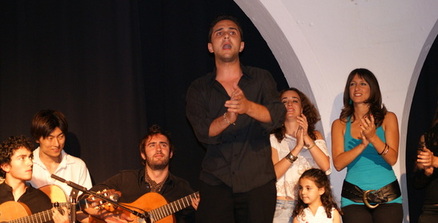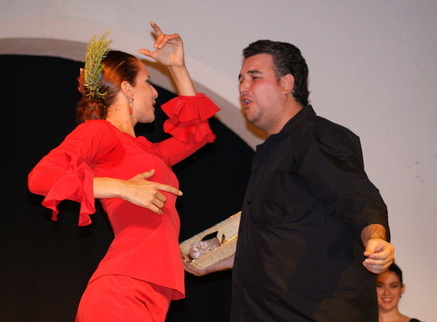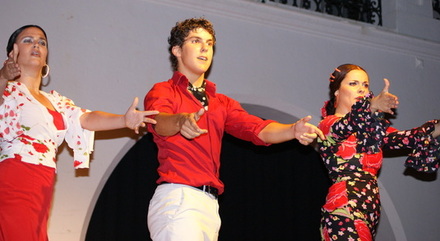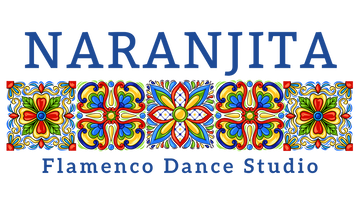About Flamenco

Flamenco comes from the nomadic gypsies in Andalucía, a region in the south of Spain. It is made up of 3 primary elements. Three things the continually-moving people could always carry with themselves while they traveled - the cante, the baile & the compás. Cante is the singing that accompanies the baile, the dance. Compás is the rhythm that holds steady like a heartbeat throughout the song & dance, typically in the form of palmas, or hand-clapping. Eventually other things were added like the toque, the guitar, which is now a major component, and the cajón, a wood box that people sit on and beat out the compás with their hands.
All these elements come together to make one of the most expressive and exhilarating art forms.

The traveling gypsies, when they'd stop and camp, would hold juergas, which are still happening all around the world by people who love flamenco. They are informal and spontaneous jam sessions; people gather together and take turns getting up and doing their part as they feel moved to do so. Juergas are organic and dynamic, and simply one of the most fun things to experience. People of all ages participate - from the little ones barely walking to the ninety-year-old patriarchs - flamenco invites everyone!

As the skill and appreciation grew flamenco evolved to become a more formal art form. Juergas are still important but now flamenco can also be found in the most prestigious & elegant theaters, not only in Spain but around the world.
